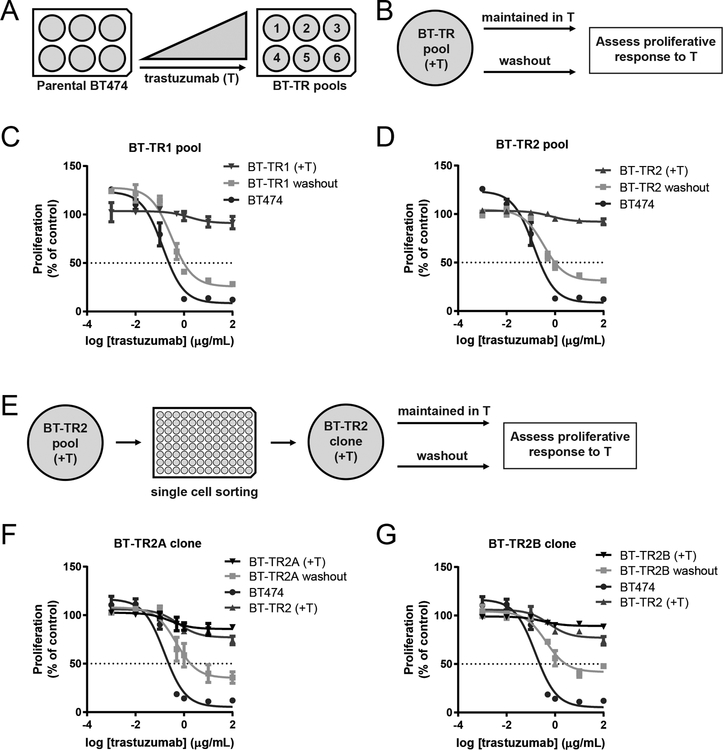Figure 1: Trastuzumab resistance is reversible.
(A) Trastuzumab-resistant pools were generated by exposing parental BT474 cells to increasing doses of trastuzumab over the course of 3+ months. (B) Schematic of resistance reversal experiment for BT-TR cells. (C-D) Pools of BT474 cells made resistant to trastuzumab were cultured in trastuzumab (+T; triangle) or without drugs (washout; square) for 20 doublings (9 passages) and their proliferation after ten days of trastuzumab treatment was measured by WST-1 assays. BT474 cells (circle) were included as a control. Proliferation is shown as a percentage of no treatment control growth. (E) Schematic of resistance reversal experiment for BT-TR2-derived clones. (F-G) Clones of BT-TR2 cells were cultured in trastuzumab (+T; down triangle) or without drugs (washout; square) for 23 doublings. Proliferation after ten days of trastuzumab treatment was measured by WST-1 assays. BT474 cells (circle) and BT-TR2 cells cultured continuously in trastuzumab (up triangle) were included as controls. Proliferation is shown as a percentage of no treatment control growth. Data points in C, D, F and G represent means of three replicate wells ± SEM.

